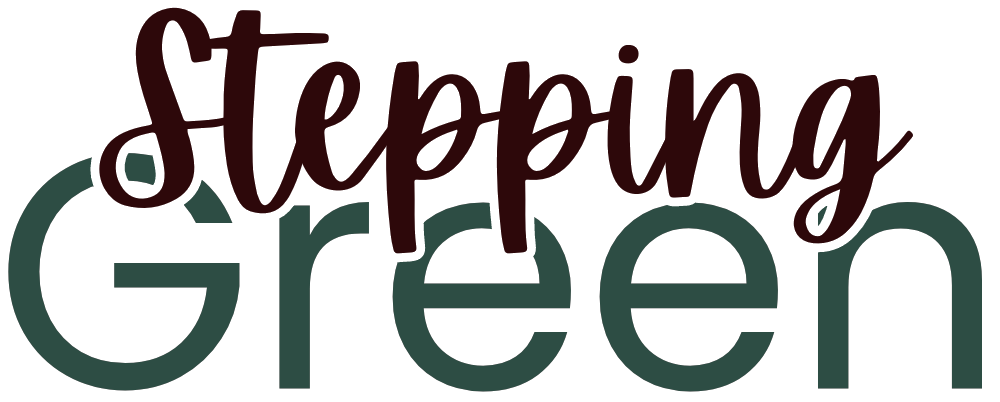What is Print-On-Demand?
Introduction
The global Print-On-Demand (POD) market has a projected compound annual growth rate (CAGR) of 27.8% from 2022 to 2032. This growth comes from expanding e-commerce (hello TikTok Shop and social media) and an increased demand for customized products. The apparel segment holds a 37% share of this market and a projected CAGR of 27.4% (source: market.us). As of 2022, North America has a 40% share of this global market. This sounds like a good business to look into!
So What is Print-On-Demand?
Print-on-demand (POD) is a business model where products, such as apparel, accessories, home decor, drinkware, and other products, are produced only when an order is received. Having a POD business allows the owner to eliminate the need for inventory and significant upfront costs. The business owner produces designs that are digitally printed onto products by a print provider. In addition, there are no minimum orders, which allows for easy customization flexibility.
Is POD Eco-friendly?
A considerable benefit to POD is that nothing is created until ordered. So there will not be loads of overproduction and waste of products that never get sold. Think of all the ugly shirts in a store that never get sold - wonder what happens to them? We probably don’t want to know.
POD Customer Benefits
There are pros and cons to making purchases from a POD business. Here are some:
Pros
Customization:
Ability to personalize products to individual preferences.
Ideal for creating unique and thoughtful gifts.
Customer input may influence product offerings.
Convenience:
Availability of products for customers worldwide.
Shop from the comfort of your home without visiting physical stores.
Potential for more sustainable and on-demand production.
Products are produced on demand, reducing waste.
Choose businesses aligned with social and environmental values.
Access to affordable art and design on various items.
Small Artists:
Directly support independent artists and creators.
Some platforms facilitate direct interaction with creators.
Constantly Updated Inventory:
New designs and products can be regularly added.
Access to diverse styles and niche markets.
Exclusive access to limited-edition or unique items.
Access to a wide variety of customizable items.
Unique and niche designs not found in traditional stores.
Cons
Quality Variability and Limitations:
Inconsistent product quality across different sellers.
Some restrictions on print quality and customization.
Varying brand experiences across different sellers.
Shipping:
Potential delays in shipping, especially for international orders.
Some platforms may have higher shipping fees.
Shopping Experience:
Inability to physically examine products before purchase.
Inability to try on items for fit or size before purchase.
Returns can be more complex, depending on the platform.
Prices may be comparable to traditional retail or higher.
POD Business Owner Benefits
There are pros and cons to every business. Here are some for print-on-demand to be aware of:
Pros
Few Supplier Requirements
Start with minimal upfront costs.
Eliminate the need for stocking and managing inventory.
No need to invest in production facilities.
Launch a store relatively quickly with ready-made platforms.
Work with multiple printing and fulfillment partners.
Reduce costs associated with traditional retail spaces.
Products
Offer a diverse range of customizable products.
Adapt quickly to market trends and customer demands.
Provide unique and personalized products.
Offer a wide variety of designs without limitations.
Scalability:
Easily scale your business without major infrastructure changes.
Sell to customers worldwide without logistical challenges.
Reduced Risk:
Lower financial risk compared to traditional retail models.
Time Efficiency:
Focus on design and marketing rather than production.
Minimize day-to-day operational complexities.
Outsourced fulfillment includes shipping to customers.
Cons
Profits
Per-item profit margins can be lower compared to traditional retail.
Fees associated with using certain platforms.
Limited Quality Control:
Some variability in print quality may occur.
Reliance on third-party suppliers for fulfillment.
Limited control over the quality of base products.
Shipping:
Longer shipping times for international orders.
May need to pass shipping costs onto customers.
Competition:
An increasingly competitive market with numerous sellers.
Building brand loyalty can be challenging in a crowded market.
Risk of unauthorized use or copying of designs.
Clarifying design ownership can be important.
Returns and Refunds:
Handling returns and refunds can be complex.
Dependency on Trends:
Success may be linked to current trends.
Conclusion
Whether looking into POD as a business owner/seller or a customer, there are considerable benefits in the growing market. As a customer, be sure to buy from reputable and trustworthy businesses. As a business owner, consider adding POD to your business!
Stepping Green is a POD business. Visit our shop to see our offerings.













